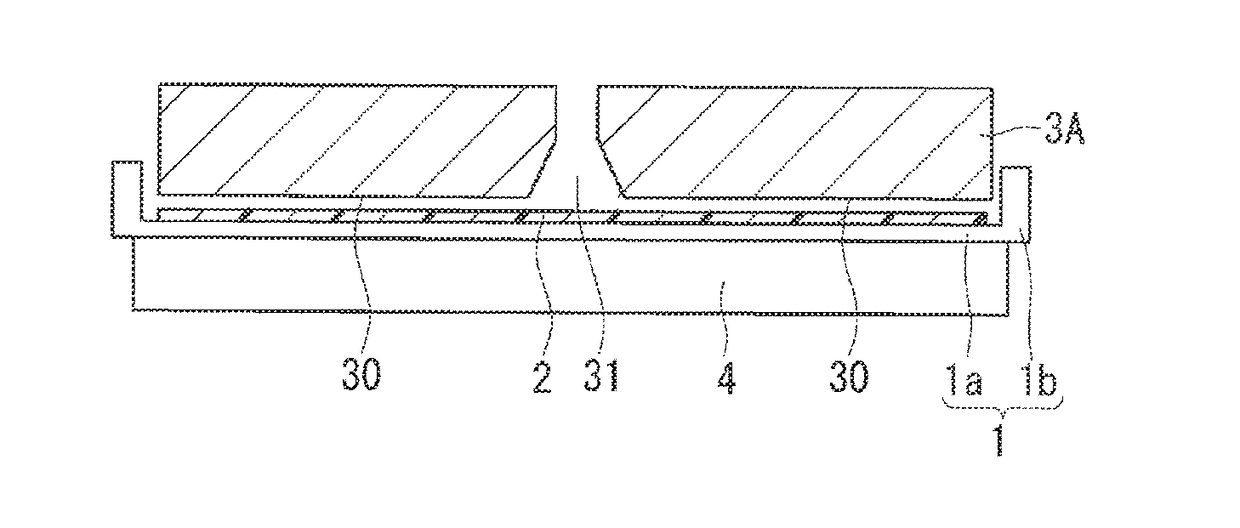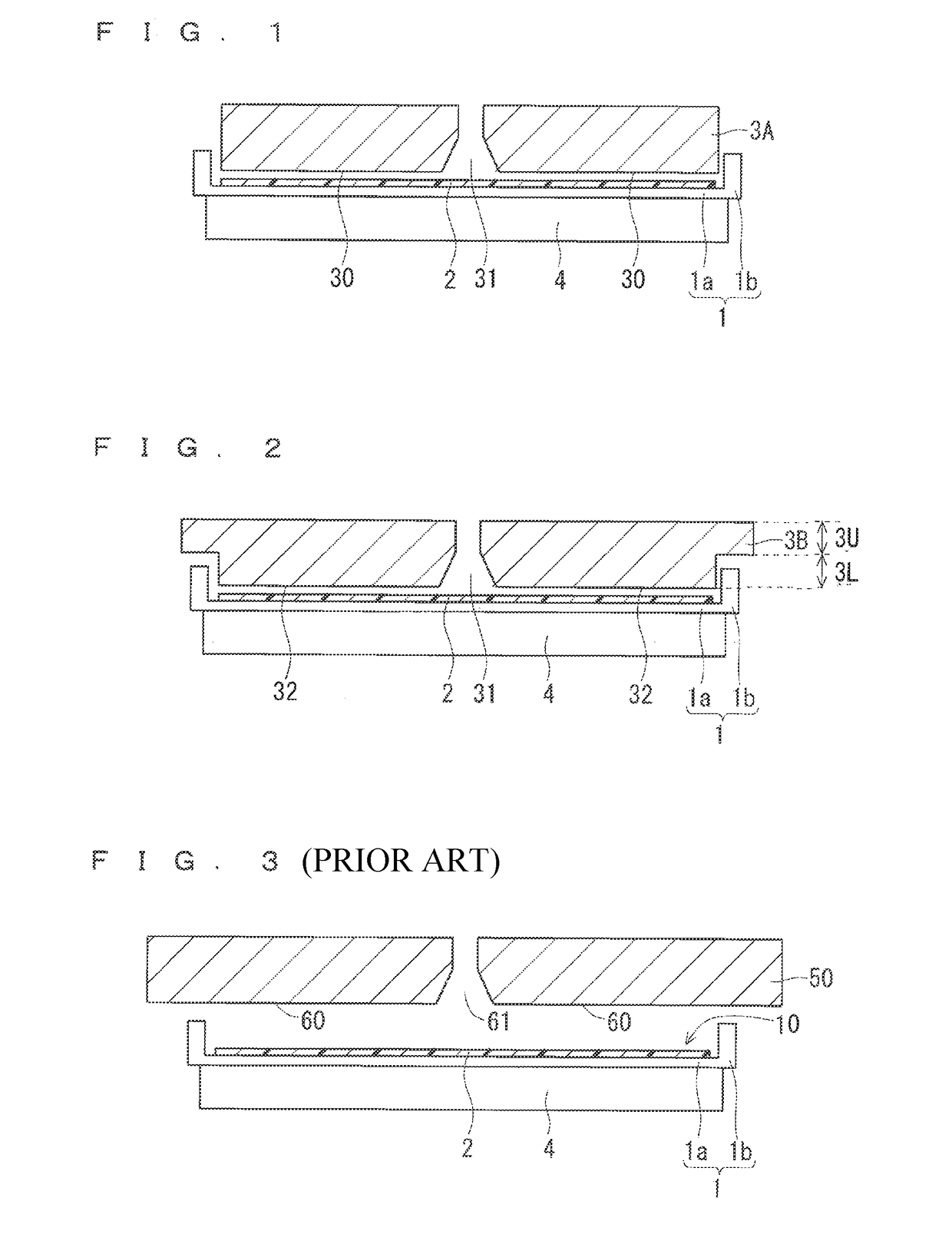Resist removing apparatus and method for removing resist
a resist and apparatus technology, applied in the direction of electrical equipment, basic electric elements, semiconductor/solid-state device manufacturing, etc., can solve the problems of resist not being sufficiently removed, unable to adjust the distance between the surface of the main portion and the supply surface of the nozzle within the range of 1.0 mm or less, and the removal rate and in-plane uniformity decrease, so as to improve the removal rate and in-plane uniformity, the effect of removing the resis
- Summary
- Abstract
- Description
- Claims
- Application Information
AI Technical Summary
Benefits of technology
Problems solved by technology
Method used
Image
Examples
first preferred embodiment
[0023]FIG. 1 is a cross-sectional view showing a structure of a nozzle of a resist removing apparatus according to a first preferred embodiment of the present invention. The resist removing apparatus of the first preferred embodiment includes a nozzle 3A having an optimal structure for removing the resist 2 formed on the surface of the wafer main portion 1a of the sectional recession wafer 1.
[0024]The structure of the nozzle 3A will be specifically described below. To supply ozone water being one of ozone solutions, the nozzle 3A has a tapered structure in cross section in the center thereof that expands outwardly from the center down from the middle, and the nozzle 3A also has, as the bottom, a supply surface 30 provided with a supply opening 31 that is circular in plan view.
[0025]The nozzle 3A as a whole is formed into the substantially cylindrical structure having the supply surface 30 with the supply opening 31 as the bottom surface. The supply surface 30 is slightly narrower th...
second preferred embodiment
[0036]FIG. 2 is a cross-sectional view showing a structure of a nozzle of a resist removing apparatus according to a second preferred embodiment of the present invention. The resist removing apparatus of the second preferred embodiment includes a nozzle 3B having an optimal structure for removing the resist 2 formed on the surface of the wafer main portion 1a of the sectional recession wafer 1.
[0037]The structure of the nozzle 3B will be specifically described below. The nozzle 3B has, as the bottom, a supply surface 32 provided with the supply opening 31 for the ozone water in the center of the supply surface 32.
[0038]The nozzle 3B has a lower portion 3L formed in a cylindrical structure that has the supply surface 32 with the supply opening 31 as the bottom surface similarly to the nozzle 3A. The supply surface 32 similar to the supply surface 30 of the first preferred embodiment is narrower than the surface of the wafer main portion 1a and also has a shape that fits in the surfac...
PUM
 Login to View More
Login to View More Abstract
Description
Claims
Application Information
 Login to View More
Login to View More - R&D
- Intellectual Property
- Life Sciences
- Materials
- Tech Scout
- Unparalleled Data Quality
- Higher Quality Content
- 60% Fewer Hallucinations
Browse by: Latest US Patents, China's latest patents, Technical Efficacy Thesaurus, Application Domain, Technology Topic, Popular Technical Reports.
© 2025 PatSnap. All rights reserved.Legal|Privacy policy|Modern Slavery Act Transparency Statement|Sitemap|About US| Contact US: help@patsnap.com


